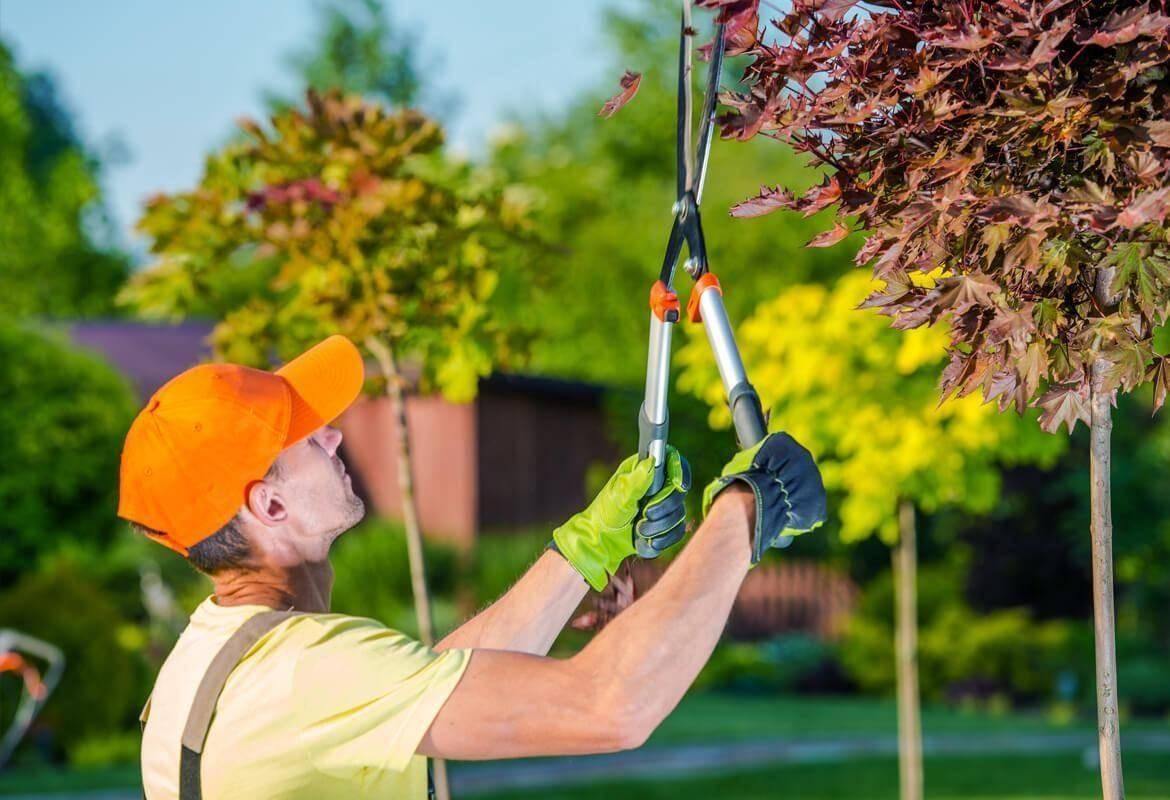
Corrective Pruning for Overgrown Greenery
Restoring Shape and Structure
Corrective pruning is a specialized horticultural service designed to restore the natural form, health, and balance of overgrown or poorly trimmed trees and shrubs. When greenery becomes unmanageable, asymmetrical, or weakened by improper cuts, it not only detracts from the appearance of the landscape but can also threaten plant health and safety.
This service involves evaluating the existing condition of the plant and applying skilled pruning techniques to reshape, strengthen, and stimulate proper growth. Whether the issue arises from years of neglect or previous incorrect trimming, corrective pruning offers a chance to reestablish both beauty and function in the landscape.
Identifying Common Pruning Issues
Improper pruning can lead to several visible and structural problems that worsen over time. These may include:
- Crossing and rubbing branches that damage bark and restrict airflow.
- Stub cuts and topping that encourage weak regrowth and open the plant to disease.
- Unnatural or uneven shapes that compromise the plant’s aesthetics and balance.
- Excessive foliage density , which limits sunlight and traps moisture inside the canopy.
- Suckers and water sprouts resulting from previous harsh cutting methods.
Corrective pruning is about more than aesthetics — it addresses these problems at their root, restoring the plant’s ability to thrive in a healthy, structured way.
The Process of Corrective Pruning
Every pruning correction begins with a detailed assessment of the plant's condition, growth pattern, age, and environment. Based on these factors, a strategic pruning plan is developed. This includes identifying which branches to remove, where to cut, and how to reshape the plant without causing shock.
The process may involve:
- Removing dead, diseased, or damaged wood to prevent infection and decay.
- Thinning dense areas to improve airflow and light penetration.
- Correcting asymmetry by carefully balancing the canopy or outline.
- Guiding future growth by selecting dominant branches and removing competing shoots.
These actions are performed with precision tools and deep knowledge of species-specific growth habits, ensuring that cuts are made cleanly and at the proper angles to encourage healthy regrowth.
Restoring Natural Growth Habits
One of the goals of corrective pruning is to help a tree or shrub return to its natural, species-appropriate form. Many ornamental plants have characteristic shapes — from the upright, vase-like form of a flowering cherry to the rounded mound of a boxwood. When pruning ignores these patterns, the plant becomes disoriented and loses both its visual appeal and structural integrity.
Through corrective work, we encourage growth that aligns with the plant’s genetic blueprint. This ensures more sustainable, low-maintenance development and allows the plant to fulfill its intended role in the landscape design — whether as a focal point, hedge, shade provider, or backdrop.
Seasonal Timing and Recovery
Timing plays a crucial role in corrective pruning. The best results are achieved when the plant is in a dormant or semi-dormant state, such as late winter or early spring. Pruning at the right time reduces stress, promotes healing, and allows new growth to develop in the desired shape during the active growing season.
In cases where severe corrective pruning is needed, we may recommend staging the process over multiple seasons. This gradual approach allows the plant to recover without shock, while steadily moving toward the ideal form and health.
Benefits Beyond Appearance
While the visual transformation after corrective pruning is often striking, the long-term benefits extend far beyond aesthetics. Pruned plants become more resistant to pests, disease, and weather damage. Their structural integrity is restored, reducing the risk of broken limbs or collapse. And with healthier growth, they can better support flowers, fruit, or dense foliage — depending on the species.
Corrective pruning also increases the usability of space by clearing walkways, driveways, windows, and sightlines that may have been obstructed by overgrowth. In managed landscapes, this contributes to both function and safety.
Sustainable Care and Maintenance
Corrective pruning is not just a one-time fix — it is a gateway to healthier, more manageable plants that require less intensive care in the future. After corrective pruning, a regular maintenance schedule is recommended to preserve the new structure, prevent regression, and support steady growth.
This continued care involves light shaping, timely removal of problematic branches, and periodic health checks. Over time, the plant regains its vitality and becomes a well-integrated, long-lasting element of the landscape.
Giving Greenery a Second Chance
Even the most unruly or damaged plants can be restored with skilled corrective pruning. It is a thoughtful and technical process that not only enhances visual appeal but also promotes long-term plant health and structural strength. Through expert hands and informed care, corrective pruning allows greenery to regain its purpose, presence, and natural beauty — transforming disorder into balance and neglect into renewal.